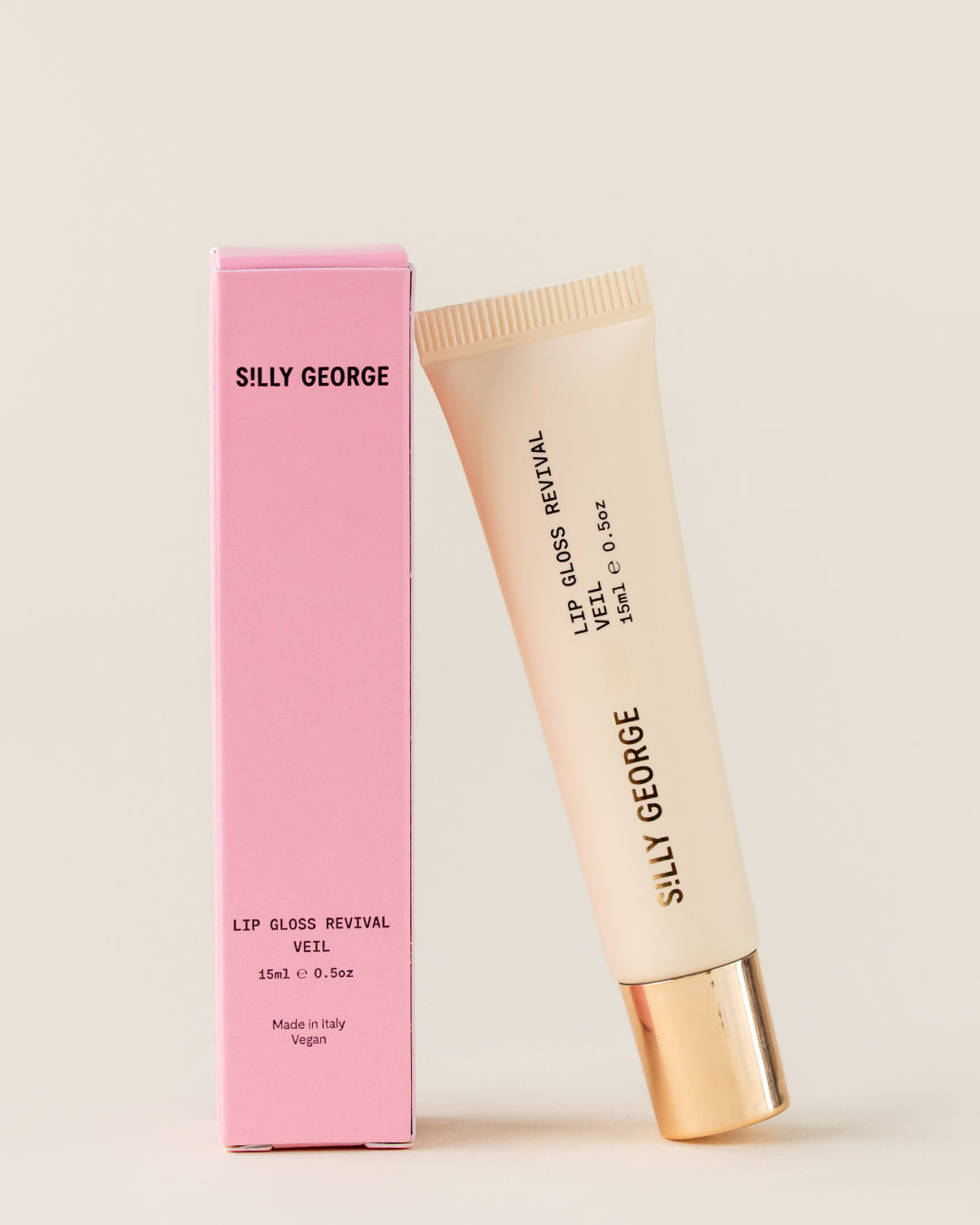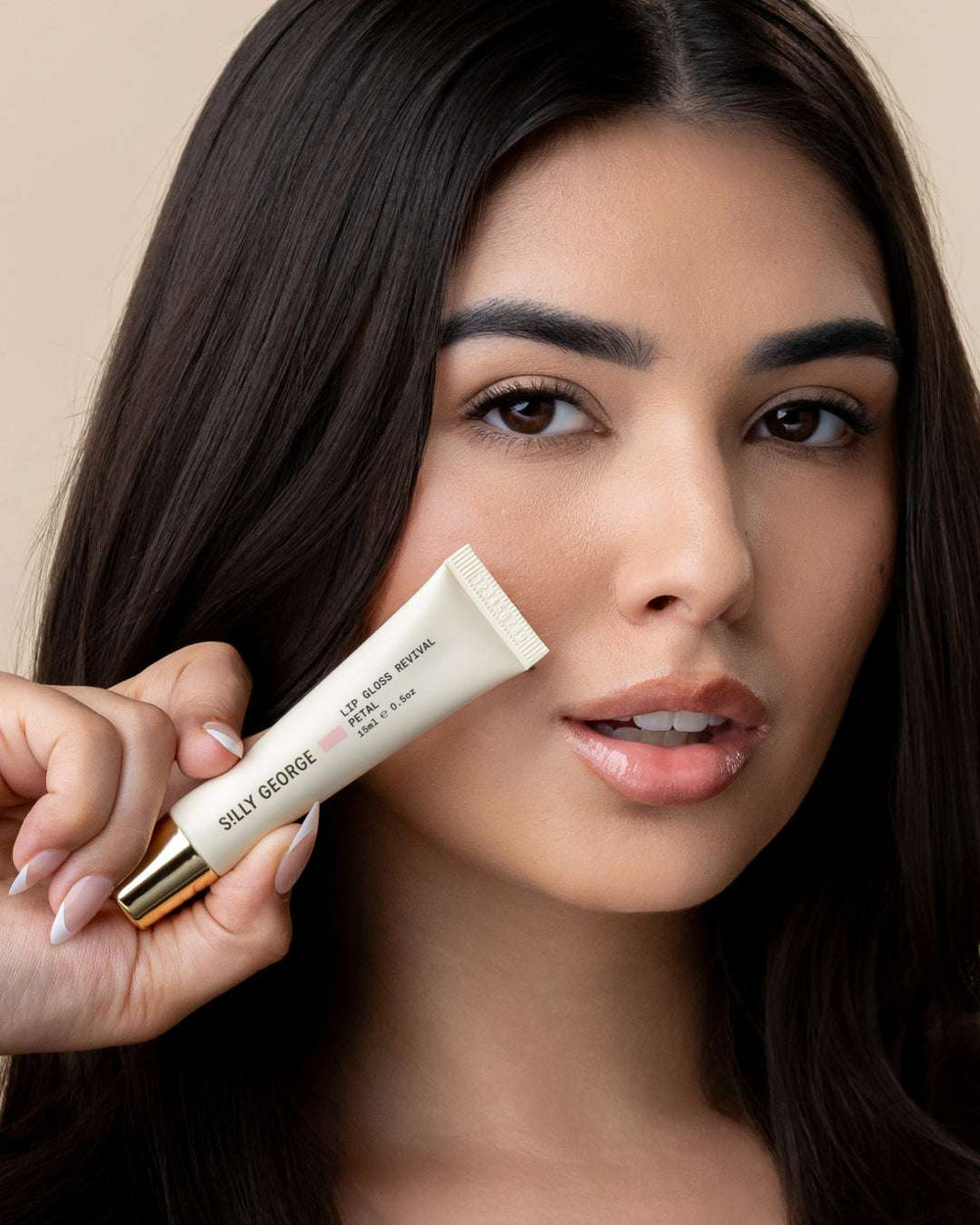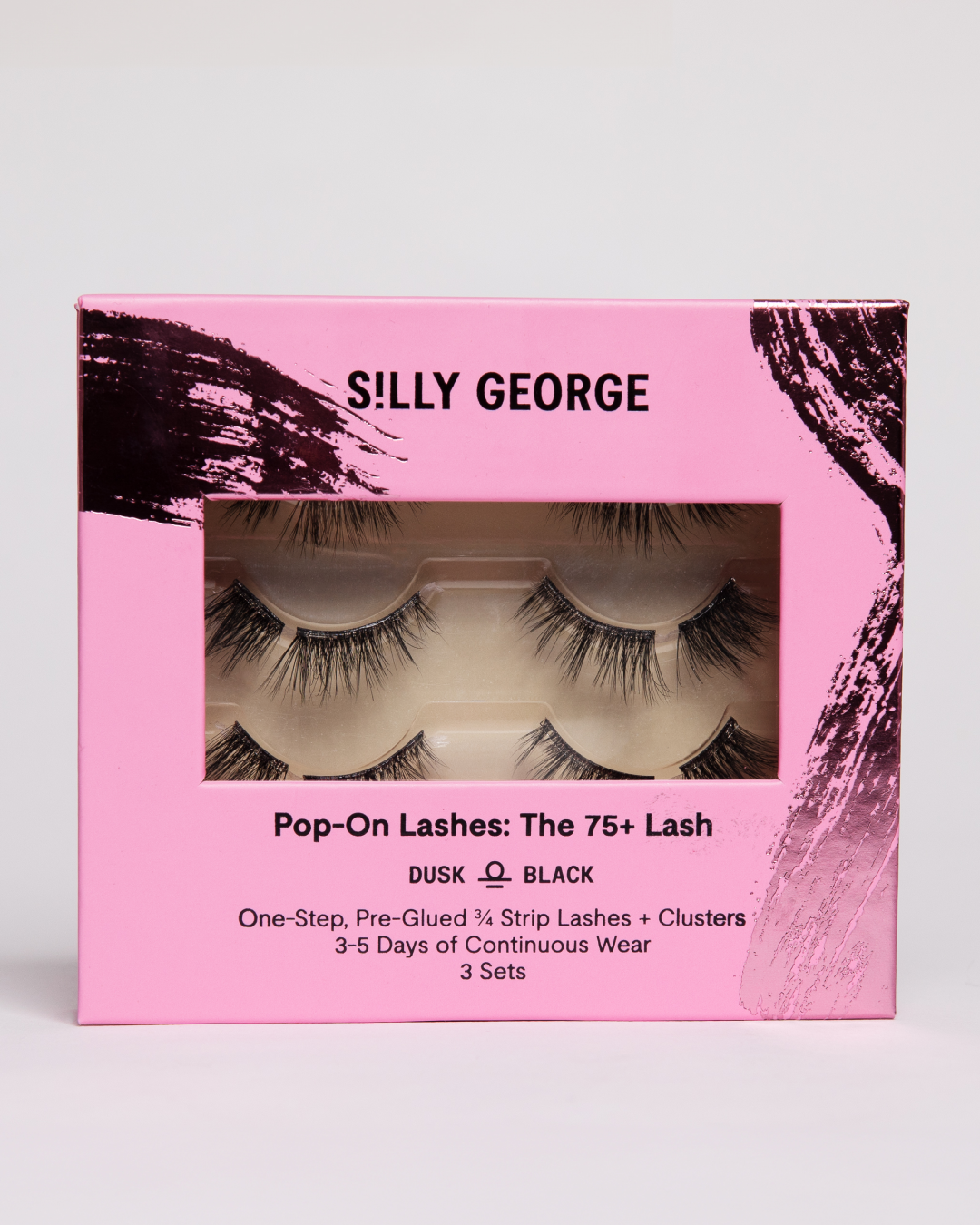What your lashes say about your health

Long, thick, lashes are a wonderful thing. But have you ever stopped to consider just what the state of your lash line might be saying about your health?
Although many people don’t realise it, our lashes are actually fantastic barometers for our overall wellbeing. One look at your lashes can give you insights into all sorts of different things, from the state of your diet to your susceptibility to disease.
How does this work and what should you be looking for? We set out to find out!
Lash Loss
If all is well within your body, then your lashes should be strong, supple and vibrant. But if your lash line starts to struggle, it might be a sign of a deeper problem. The main thing to keep an eye on is your rate of lash loss.
But wait, don’t panic. A degree of lash loss is perfectly natural, in fact, most people on average will shed between 1-5 lashes every day. This is because your lashes move through a constant lifecycle where old lashes must be shed to allow new lashes to grow.

So, some shedding is absolutely fine. But if it starts to increase rapidly and you’re losing dozens of lashes a day, it’s worth considering some of the possible causes:
1) Poor Diet
At the lower level of concern is your diet. Your lashes, just like the rest of the cells in your body, need a combination of minerals, vitamins, proteins and other nutrients in order to thrive. If you aren’t eating a balanced diet, then this could be one of the reasons why your lashes are struggling.
2) Stress Overload
Stress can affect the body in many different ways, including increased hair loss. Sometimes, it can take time for the real thing that’s bothering you to surface, but your lashes might just give you an early warning sign that something needs resolving.
3) Diabetes
High blood sugar levels can damage small blood vessels inside the body, reducing the quantity of oxygen and nutrients which can be delivered to the hair follicles and leading to increased shedding.
4) Thyroid Disorder
The thyroid is the part of the body charged with controlling our hormone levels. Both hyperthyroidism (an overload of hormones) and hypothyroidism (too few hormones) can lead to lash loss.
5) Skin Cancer
We don’t want to be alarmist, so rest assured that this is extremely, extremely rare. But cancer of the eyelid can lead to lash loss as the spread of the cancer cells interrupts the normal functioning of your hair follicles.
What else could be causing lash loss?
In addition to the issues listed above, there are also some common problems which can lead to lash loss which relate specifically to your lashes. The good news? They can all be easily fixed with the right treatment or action.
Cosmetic Products
Overly rigorous use of things like curlers or repeated use of lash extensions can damage your lashes and cause additional shedding. Some beauty products may also contain toxins which can be harmful to your hair follicles.
Treatment: Stop using a product if you suspect it is irritating your lashes. Take care when using curlers and weigh the benefits of things like lash extensions.
Infections
Bacterial or fungal infections along your lash line are common causes of increased shedding. The most common is known as Blepharitis, an infection that develops when oil glands near the base of the lashes become blocked.
Treatment: An effective cleaning routine will clear most infections up within a few days (and help to prevent them!) whilst for tougher infections a doctor will be able to prescribe you an ointment to apply.
So, there you have it, your comprehensive lash health guide! And don’t forget, if you’re just making a comeback from a period of lash loss, try one of our extra voluminous falsies and get instant length without any hassle.











